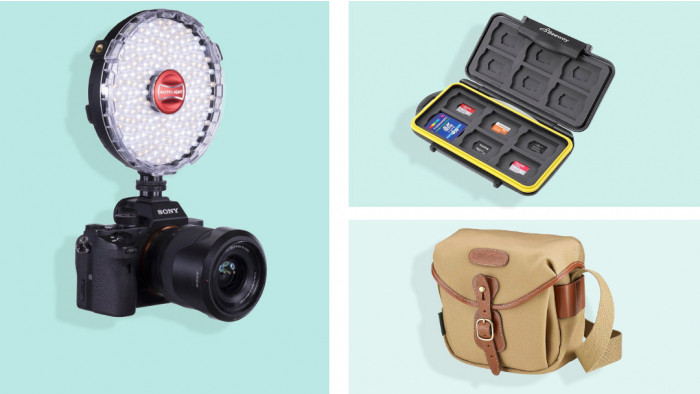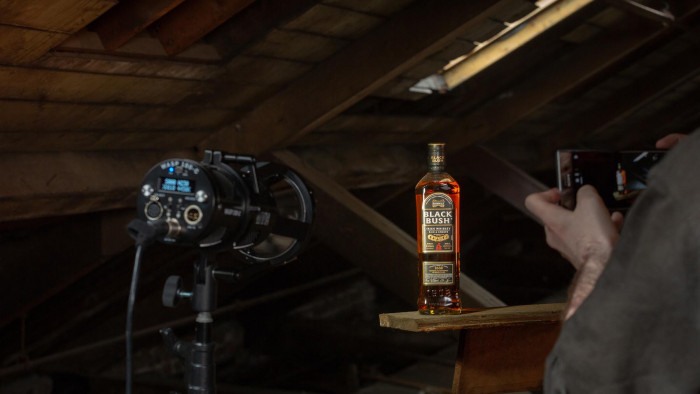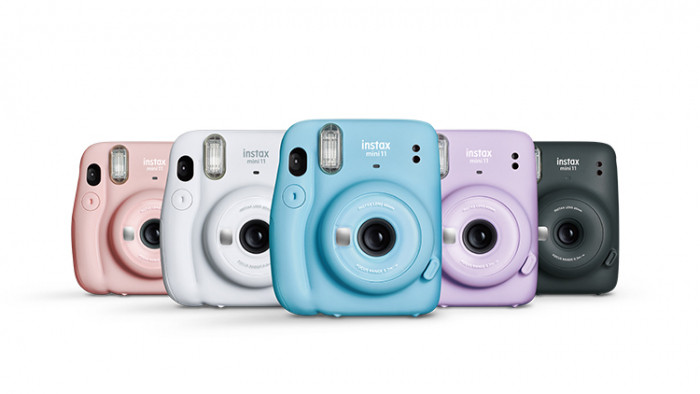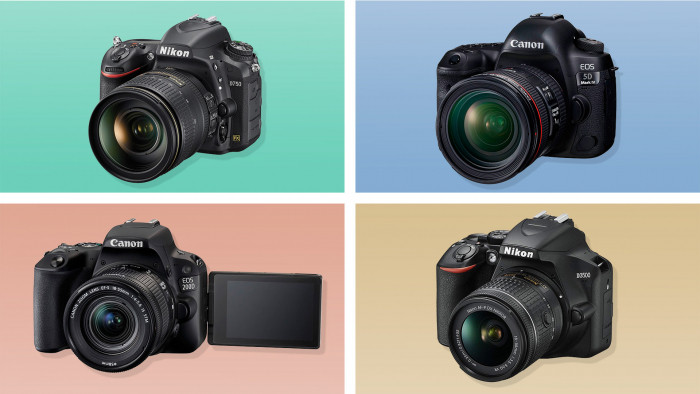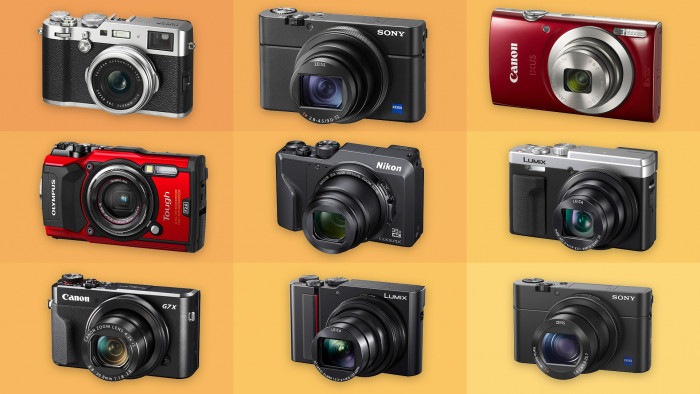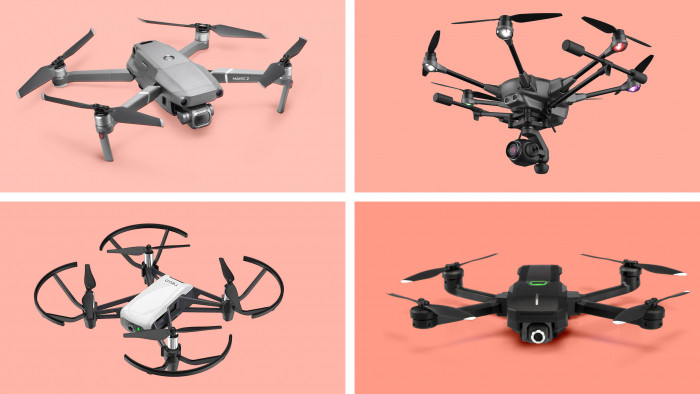These Award-Winning Medical Science Images Are Incredible
These Award-Winning Medical Science Images Are Incredible


If talk of medical procedures is enough to put you off your tea, you might want to reconsider browsing through the following gallery.
These alien visions are all winners of the fourteenth Wellcome Image Awards, a prize that recognises the creators of the most informative, striking and technically excellent images from the world of medical science.
From super-resolution micrograph stills of killer cells to haunting images of an equine womb (that's a horse), each of the award winning images demonstrates the fascinating beauty at the heart of medical research.
For a chance to see the inners in all their graphic glory, check out the Wellcome Trust site for details on its planned tour.
We've picked some of our favourite shots below, but you can see the full range here.

Cat Tongue by David Linstead
"The round bumps sticking out from the surface (papillae) feel a bit like sandpaper when a cat licks you. This rough texture helps a cat to pick up and hold food, as well as acting like a comb to remove dirt and loose hair during grooming."

Pregnant pony uterus by Michael Frank
"Photograph of a pregnant uterus (womb) from a New Forest pony, approximately five months into the pregnancy. The developing pony (fetus) is outside the uterus but remains attached by its membranes and umbilical cord. The bent back legs of the fetus are sticking out from the membranes (top right-hand side)."

Goat stomach chamber by Michael Frank
"Photograph of a goat’s reticulum (the second of four stomach chambers found in cattle, sheep and goats). The tube that carries food from the mouth to the stomach – the oesophagus – enters the reticulum at the top of the image. The inside of the reticulum forms a honeycomb pattern, which is where bacteria that help break down food live."

Boll weevil by Daniel Kariko
"Scanning electron microscope composite image of the head of a boll weevil (Anthonomus grandis) found on the front porch of a suburban house. The boll weevil is a beetle that feeds on and lays its eggs in the cotton plant."

Fruit-fly nervous system by ALBERT CARDONA
"Reminiscent of a Jackson Pollock painting, this image shows part of the central nervous system in a fruit fly (Drosophila melanogaster). Transmission electron micrographs were used to create a digital colour-coded map of the area."

Mouse brain by LUIS DE LA TORRE-UBIETA
"Confocal micrograph of nerve cells inside a section of adult mouse brain. The brain has been sliced (like a loaf of bread), and one of those pieces is seen here."

Newly discovered parasitoid wasp by ANDREW POLASZEK
"Light micrograph of a tiny parasitoid wasp (Wallaceaphytis kikiae) viewed from above. Parasitoid wasps lay their eggs inside other insects. After hatching, the larvae feed on their host, eating it alive from the inside out. This is a new genus of parasitoid wasp recently discovered in the rainforests of Borneo, where a single female wasp was found mixed in with thousands of other insects."

Immune cell detects disease by NELE DIECKMANN AND NICOLA LAWRENCE
"Super-resolution micrograph of a natural killer (NK) cell (left) examining a second cell (the less bright, slightly rounder cell on the right) for signs of disease. NK cells are part of the immune system and can recognise and destroy some infected or cancerous cells."

Greenfly eye by KEVIN MACKENZIE
"Scanning electron micrograph of a greenfly eye. Each eye is made up of thousands of repeating units known as ‘ommatidia’, each with a tiny lens on the front surface. Each lens faces a slightly different direction, and together they produce a mosaic image."
Pollen grains by MAURIZIO DE ANGELIS
"Illustration of pollen grains being released from a flower in the Asteraceae family. Asteraceae is one of the largest families of flowering plants and is commonly known as the aster, daisy, sunflower or composite family."
(Images: Wellcome Image Awards, used under CC BY-NC-ND 4.0)

